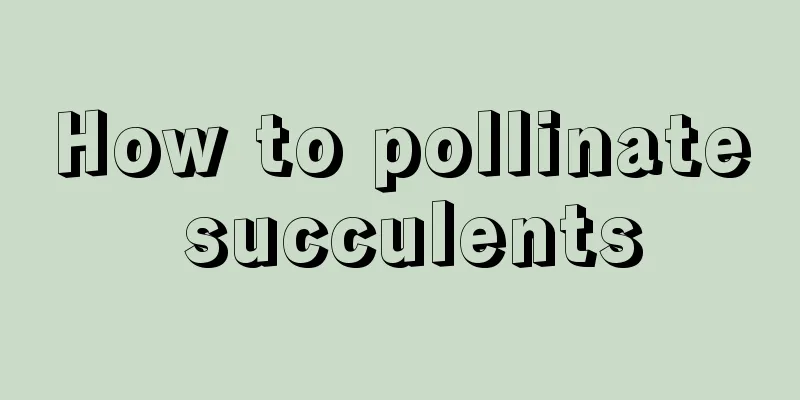Huang Qiuying's breeding methods and precautions

1. Maintenance methods1. Temperature: The latitudes of the areas where it is distributed are relatively low, so warmth is more suitable for it. Generally speaking, the range of 20 to 30 degrees is better. In addition, its adaptability is not very good because it is afraid of both cold and heat. Therefore, whether it is winter or summer, adjustments must be made. 2. Light: Huang Qiuying likes an environment with plenty of sunlight and is not shade-tolerant. Whether it is growing or blooming, it cannot be separated from light. If it is kept in a dark place for a long time, its flowering may be affected. In addition, it also needs to be placed in a well-lit location in winter. 3. Watering: The waterlogging resistance of Huang Qiuying is very poor, so water cannot accumulate. During the growth period, it requires relatively more water, but not too much. When the rainfall is very heavy, it must be drained in time. 4. Fertilization: Huang Qiuying is relatively resistant to barrenness and does not require too much fertilizer. You can choose soil with sufficient nutrients, and then there is basically no need for top dressing. 2. Breeding techniques1. Reproduction: In addition to sowing, the commonly used method is cutting. Early summer is the best time for breeding. It is better to choose young branches, as the chance of success as cuttings is higher. After inserting into the substrate, if the surrounding environment is kept suitable, it will take root in about fifteen to twenty days. 2. Pruning: This is a relatively important step. First of all, in spring, a relatively important task is pinching. However, if it is a seedling, it needs to be topped when four to five true leaves grow. Then there is the pruning of branches and leaves. The old ones can be cut off directly, and the dense ones can be partially cut off. 3. Problem diagnosis and treatment1. Diseases: There are two common diseases, one is "powdery mildew" and the other is "leaf spot", which are relatively common in summer. It can be controlled by drugs such as mancozeb, and supplemented by measures such as pruning. 2. Pests: There are two common types of pests, one is "aphids" and the other is "beetles", which can be prevented and controlled with insecticide. IV. Other issues1. Toxicity: It is non-toxic and does not emit any toxic gas. 2. Can it be grown at home? Yes, it is suitable as a potted plant and cut flower and can be placed at home. |
<<: Cultivation methods and precautions of yellow bract arrowroot
>>: Cultivation methods and precautions of flame orchid
Recommend
What can I do to make Clivia bloom if it doesn’t?
Clivia is a popular household plant known for its...
How to propagate Jade Plant by cuttings?
Jade plant grows very quickly and is easy to mana...
The fastest way to root Epiphyllum cuttings
Epiphyllum cutting time It is better to propagate...
Can rice water be used to grow green radish in water? How many days does the rice water need to ferment for watering the flowers?
1. Can I use rice water? Rice water can be used t...
The efficacy and function of thyme
The main uses and values of thyme Ecological Va...
Can bird's nest fern be fertilized in spring?
1. Is it possible to apply fertilizer? Bird's...
How to deal with the rain orchid after it withers
How to deal with the rain orchid after it withers...
How often should asparagus fern be fertilized and what kind of fertilizer should be applied
How often should we fertilize asparagus fern? 1. ...
Functions of the six major organs of plants
1. The role of roots The function of roots is to ...
Cultivation methods and precautions of golden osmanthus
1. Breeding methods 1. Water: When watering the g...
How to grow Thousand Buddha's Hand succulent
Growing conditions of Thousand Buddha Hands succu...
How to prepare soil for Amaryllis
1. Soil preparation method 1. Amaryllis is a rela...
Causes and treatments of yellow leaves of Golden Edge Tiger Piranha
1. Too much light 1. Reason: If the Golden Edge T...
How much does it cost to plant 50 acres of lawn (investment cost and profit per acre of lawn)
The cost and prospects of planting 50 acres of la...
How to grow Roselle in spring
1. Control Lighting Roselle does not require much...









